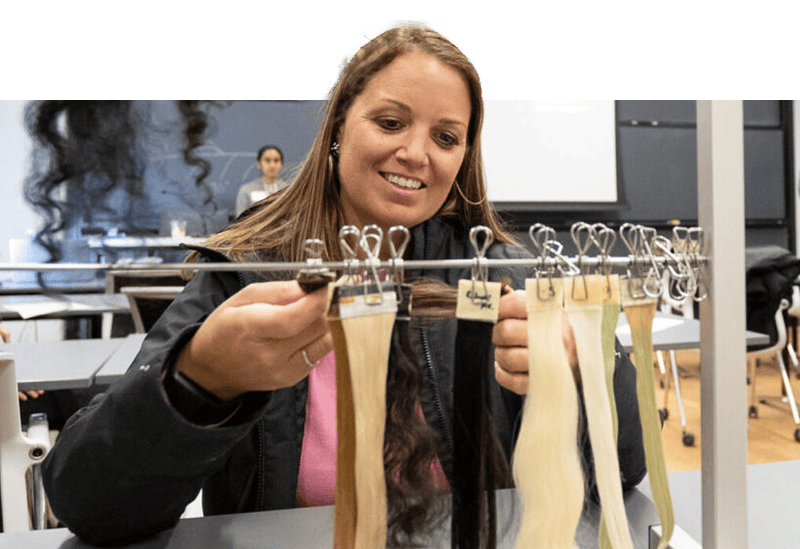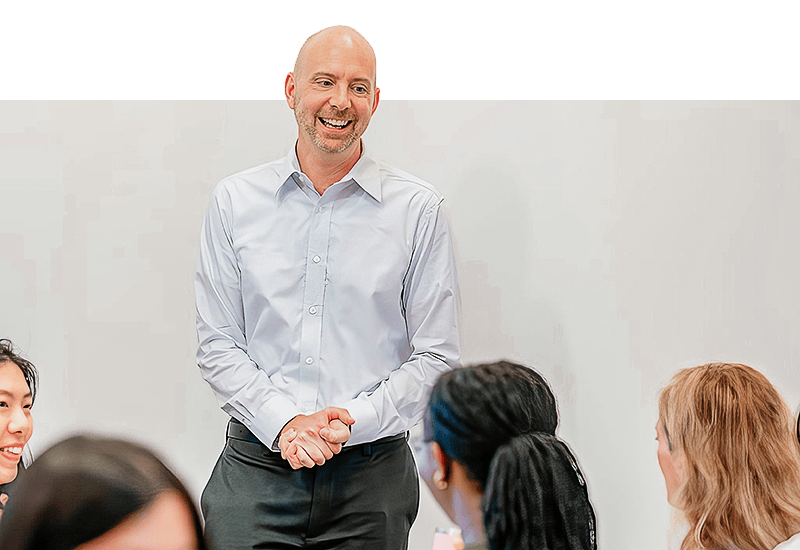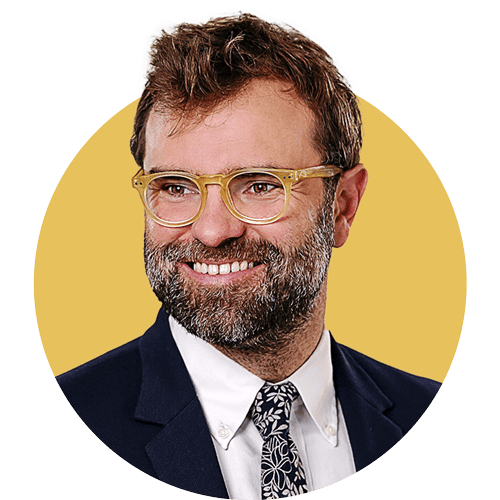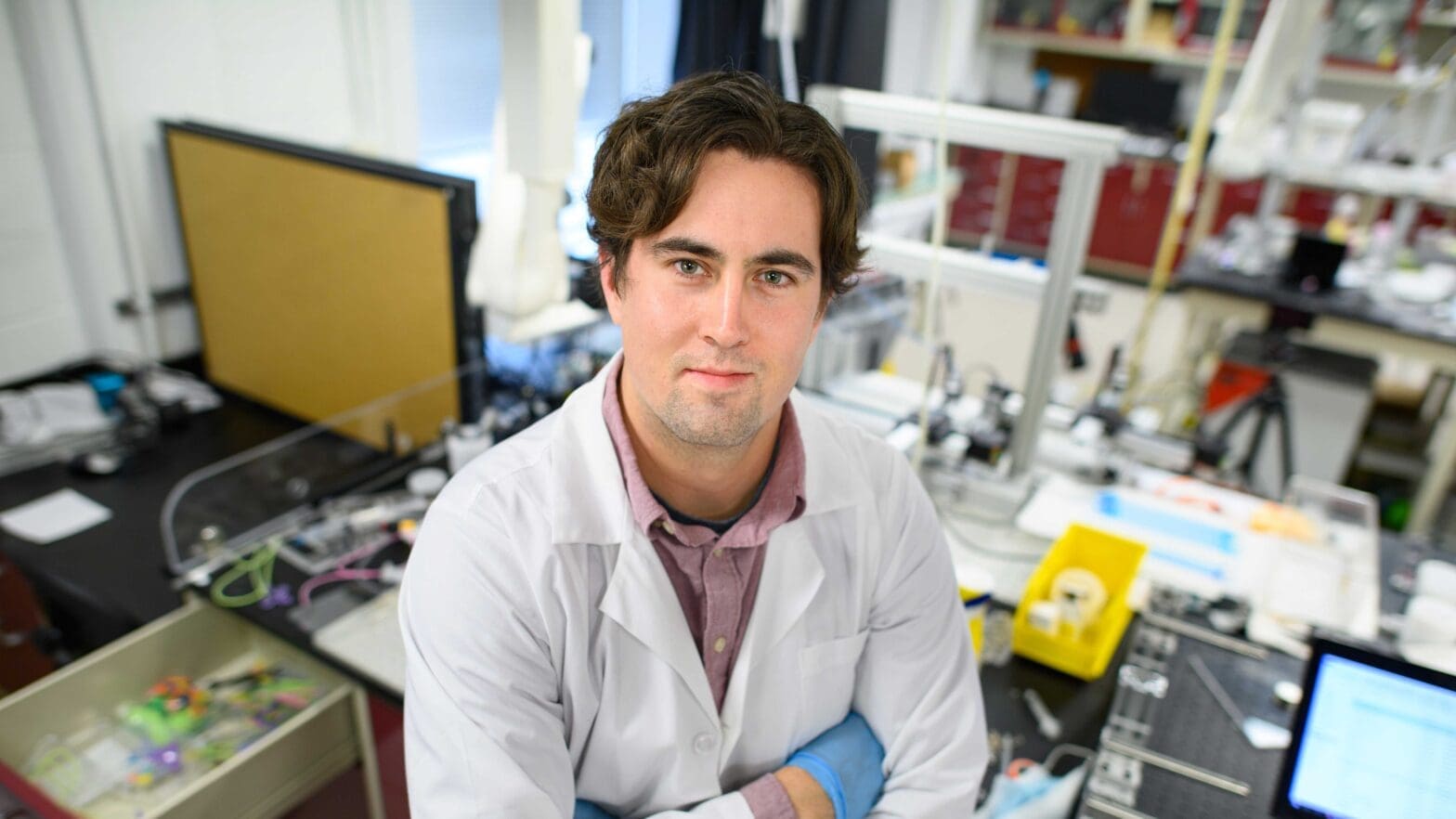
Balloons, beadwork and Native heritage are inspiration for materials engineer
By
on
Jones is the lead author of a paper on the bubble casting technique, coauthored with his adviser Pierre-Thomas (P.T.) Brun, an assistant professor of chemical and biological engineering, and two colleagues in Brun’s lab. Time-lapse images of their star-shaped gripper robot grasping and lifting a sphere were featured on the cover of Nature’s Nov. 11 issue, which felt “a little surreal,” said Jones.
“What drew me to P.T.’s lab in the first place was the aesthetic of his work,” said Jones. “That caught my eye and led me into the research, and now it’s helping with spreading and advertising what we do. It’s exciting that other people get to see it and we can start a conversation about it.”
With other members of the lab, Jones is now exploring how 3-D arrangements of spherical beads might also be developed into flexible robotic systems — a direction inspired in part by his Native American heritage and his mother’s traditional beadwork.
In recognition of Native American Heritage Month, Jones recently spoke about his research, his family background, and the connections he sees between traditional artistry and high-tech engineering.
Can you tell us a bit about your work on bubble casting?
Bubble casting is a method we created that’s kind of a lazy design of soft robotics, in that we use fluid mechanics to do all the heavy lifting for the fabrication, and in doing so we allow for a lot of the pros of fluid mechanics that you wouldn’t have if you were to use a more direct manufacturing method. Using continuum mechanics, you get very smooth flows and smooth interfaces, and these interfacial flows allow us to create very fine features in our system.
We’re able to create soft robotic systems that haven’t been made before — we create bending actuators, and the bending actuators are not new in themselves, but how we do it is new, and the method allows them to be very long, which hasn’t been accomplished before. We can make a robot that’s as tall as me but as thin as a pencil, so that allows for unique shapes. The path does not have to be a straight line, but you can have a bunch of wavy functions, then inflate those and do things like create spirals that turn into spheres, or create little grippers that will, with one continuum shape, grip onto an object. Or a series of digits that with a single pressure source will bend sequentially, kind of like fingers playing a piano.

Using fluid mechanics to build a solid structure that actuates and responds is interesting to both people in the fluids community and in the soft robotics community, because now we’re able to build things with a new method that people may not have considered before. So, we can explore what to build next, now that this new method exists.
What got you interested in engineering, and what was your path to Princeton?
Both my parents are engineering graduates — my dad in mechanical engineering and my mom in electrical. She was doing construction on skyscrapers, and realized that she didn’t really want to be doing the construction work per se anymore, but wanted to be more involved in the process for designing electrical systems. My dad’s path was a bit more traditional — he was a smart person who was told to do math and science and ended up as a mechanical engineer.
Growing up, I think because of my parents’ interest I naturally was interested in science and math. My parents really drove it home with different activities, math books and toys. Everyone says they played with Legos, but Legos were definitely important for me because I was a little behind in my fine motor skill development, so doctors were recommending toys to play with for that. Eventually I got into all sorts of modular toys where you build and create based off some form of unit structure.
I went to Vanderbilt for undergrad with the idea that I wanted to do engineering. My freshman year, I attended a conference of the Tennessee Louis Stokes Alliance for Minority Participation. Undergraduates came and presented their research. After seeing all those talks and posters, I thought, “Oh man, I want to be able to do something like this. I want to be able to stand up in front of an audience and talk about math and science, and have conversations around these subjects.”
I did two summers of undergraduate research in molecular dynamic simulations. My initial reason for coming to graduate school at Princeton was to do molecular dynamics. But then P.T.’s work just visually blew me away, and I got into it because it’s nice to look at something and just be immediately interested by it. It’s an easier conversation starter with my family and friends back home than saying that I do simulations of molecules.
I had no background in experiments or solid mechanics or soft matter, and P.T. gave a presentation that caught my eye because of how visually stunning it was. I met with him and said, “Hey, I have no background in this, but I think your work’s really interesting.” I just wanted be a part of it. Now a few years later, we’re publishing this work and I’m finishing up my dissertation.
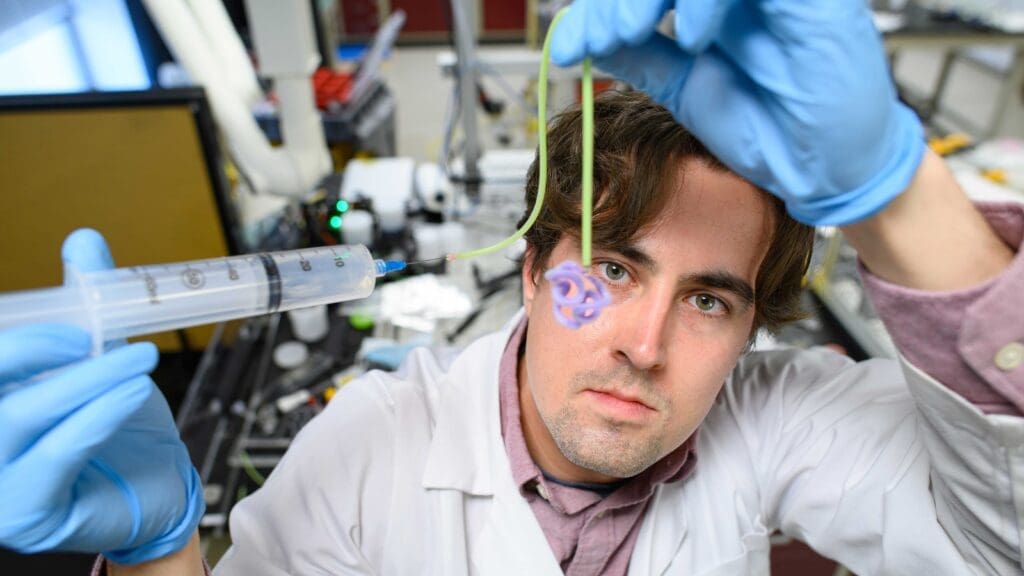
How has your identity of having Native American heritage influenced your path?
I think a lot of it lies in the history and the background that my mom has, coming from a very poor community with plenty of racism. She didn’t grow up on a reservation; she grew up in Gary, Indiana, and I think that was pretty hard on her. But because of that my grandfather, who’s the full Native American in my family, very much valued education for his children. My mom initially left home and did not go to university, but when she decided that she wanted a stronger educational background, to have more of a stable and less physical career, she found great value in her engineering degree and the doors that it opened. I think the framework of her experience led to a strong push for me to be involved in academics and go to university as a means to build a set of skills.
I grew up in a suburban area of Cincinnati, which wasn’t a very diverse place. It was very far from the reservation, but every summer we would go there to visit my grandparents. I’m Ojibwe, and our tribe is Lac Courte Oreilles. We’re from the Great Lakes region of Wisconsin, and our clan is the bear clan. Our house was decorated with Native American décor unlike all my friends’ houses, and my mom dressed in a distinct Native American style that was different from my friends’ parents.
Recently in the lab we’ve been playing with some beaded structures, and something that originally got us interested in that was that my mom does a lot of traditional Native American artistry — leatherwork, beadwork, making dreamcatchers. Right now, she and my dad are building a bunch of blanket ladders and decorating them in a Native American style.
When I say P.T.’s lab caught my eye, I think it was in part because it was looking into fundamental problems on everyday materials and everyday structures, and it reminded me of things we had at home. Now we’re pursuing problems that are almost based off the art that I saw growing up. I think it’s pretty cool to have an adviser who’s open to looking at the intersection of functional materials and what artists and manufacturers have used for millennia, and applying that to engineering problems.
This is one of the few ways I get to celebrate this heritage in a culture that’s no longer around the way it once was. I also get to do that by decorating my house a certain way, and having art forms like beadwork, and getting to use a language [Anishinaabemowin] that not many speak with the few words that I know, and the tribal names that I and my family members have. These are very intimate, and they’re a reminder of our background and history and people before me.
What advice would give to a young person who is thinking about going into engineering or going to graduate school?
I would say, don’t be afraid when it comes to not knowing what you’re going to do, speaking with professors, or trying something new. Fear can be about as stifling as anything else. If you ask questions, you won’t look silly. People generally want to share what they do with anyone who’s interested, from novices to experts. My advice is to do your best to combat the internal fear that you don’t belong or don’t know enough to ask a question, and just be open.
It’s pretty similar for grad students, who may more directly know what they’re doing, but should also open for that to change — to take a step kind of sideways and go in a different direction. I did that and it worked out fairly well. Be open to things not going exactly how you plan them at multiple steps, and realize that doesn’t mean things are going poorly, but that there’s a direction and you’re somehow following a path.
In the same vein, surround yourself with people who are willing to support you. My adviser has been one of the more positive impacts that I could have imagined in my career. He wants me to succeed, asks how I’m doing and asks if there are ways that he could do better. When you surround yourself with advisers and other professors like that as a graduate student, that’s how you’re going to succeed through what can be very difficult years of your life. Look for the people who want to build you up.

